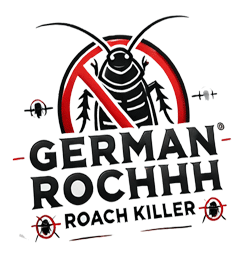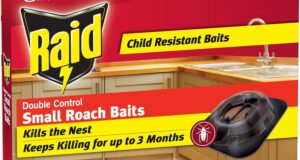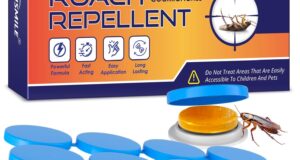
Pesticide rotation is a key plan for safe farming and pest control. Farms face more rules as people watch how they affect nature. Using pesticide rotation can boost crop care, raise yield, and cut pest resistance. In this text, we show pesticide rotation in simple terms, list its gains, and set out how to use it.
What is Pesticide Rotation?
Pesticide rotation means you change the type of pesticide over time. You do not use the same one each season. When pests face one chemical every time, they learn to survive it. Changing chemicals stops pests from adapting too fast.
Benefits of Pesticide Rotation
1. Slowing Pest Resistance
A main reason for rotation is to slow pest adaptation. When pests meet different chemicals, they do not adjust easily. Each new chemical weakens pests that have learned old ways.
2. Better Pest Control
Switching chemicals can lead to better pest control. Different products work on various stages of a pest’s life. This mix helps cover more bases and cuts the chance of large outbreaks.
3. Saving Costs
Starting with more chemicals can raise spending a bit. Still, less pest damage and more crops may save money later. Good control leads to better produce and steadier income.
4. Caring for Nature
Rotating pesticides cuts the use of a single chemical. With fewer chemicals in one spot, soil and water suffer less harm. This plan helps keep natural spots sound.
Implementing Pesticide Rotation
Step 1: Know Your Pests
Learn how pests live and behave. Find out what weak points they have. This knowledge helps you pick the right chemicals. Check your fields often for changes.
Step 2: Pick Active Chemicals with Care
Study the active parts of each pesticide and see how they work. Choose products that act in different ways. Groups like IRAC supply lists to help you. Their lists guide you in making smart choices.
Step 3: Plan Your Crop Change
Mix your crop types alongside pesticide rotation. Different plants may draw out different pests. Changing crops with rotation can break a pest’s cycle and keep fields balanced.
Step 4: Check and Change
Set a routine to watch how pesticides work. Keep a log of pest behavior and any signs of resistance. Be ready to change your plans when small shifts occur. Pesticide rotation may need tweaks over time.
Conclusion
Pesticide rotation is a key method to support safe farming and pest control. It slows pest adaptation, brings better pest control results, saves money, and takes care of nature. Checking for changes and tweaking plans builds a stronger farm. With these ideas, you can boost your crops and care for the Earth today and for the future.




